St Peter on the Wall
St. Peter-on-the-Wall Church is one of England’s oldest and most historically significant churches, located on the remote Bradwell-on-Sea peninsula in Essex. Constructed around 654 AD by St. Cedd, a Northumbrian…
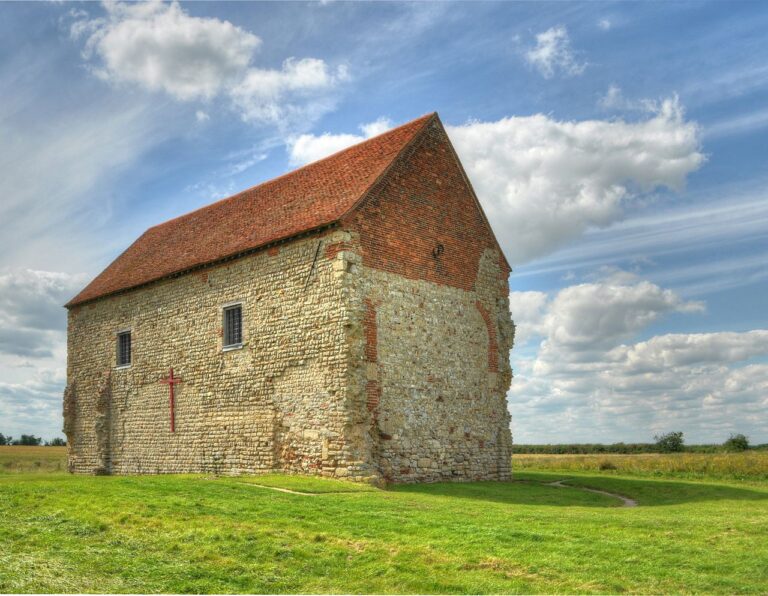
St. Peter-on-the-Wall Church is one of England’s oldest and most historically significant churches, located on the remote Bradwell-on-Sea peninsula in Essex. Constructed around 654 AD by St. Cedd, a Northumbrian…
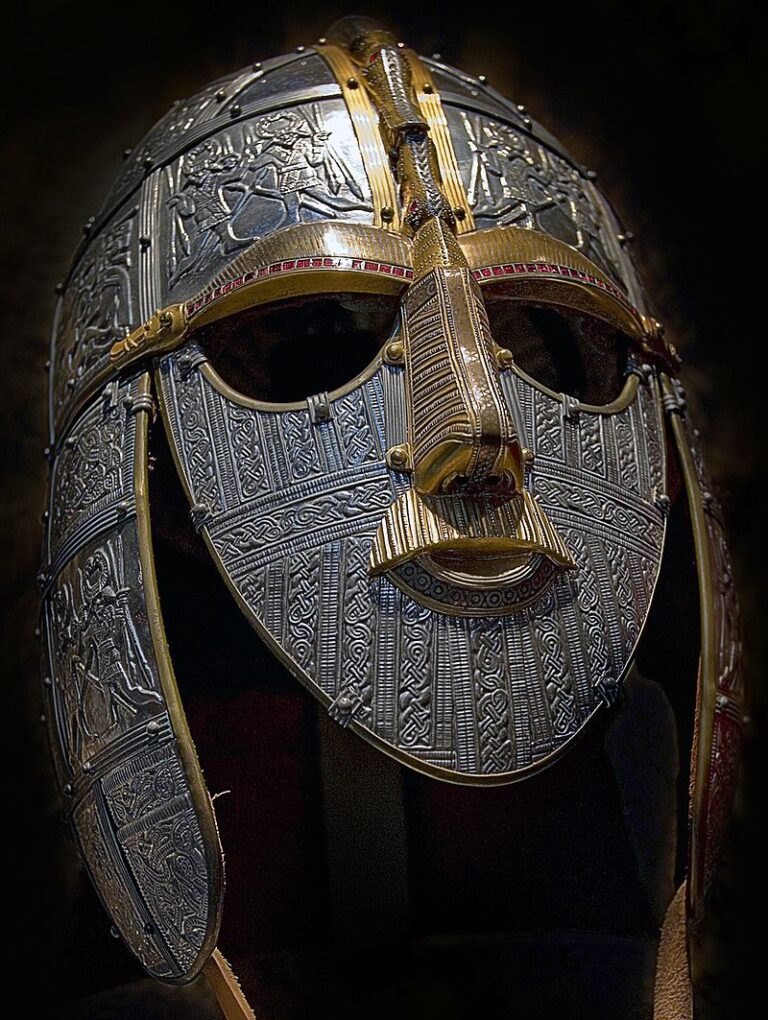
Sutton Hoo, one of the most significant archaeological sites in England, offers a fascinating glimpse into Anglo-Saxon society during the early 7th century. Discovered in 1939 near Woodbridge in Suffolk,…
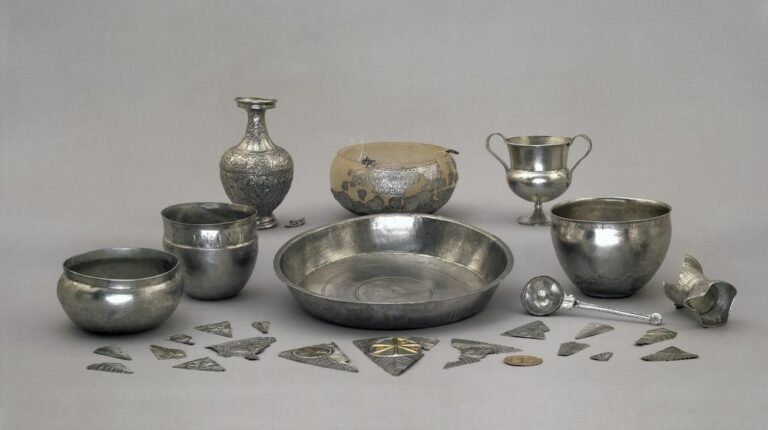
The British Museum, established in 1753, is one of the world’s most renowned cultural institutions. Located in London, it was the first national public museum in the world, open to…
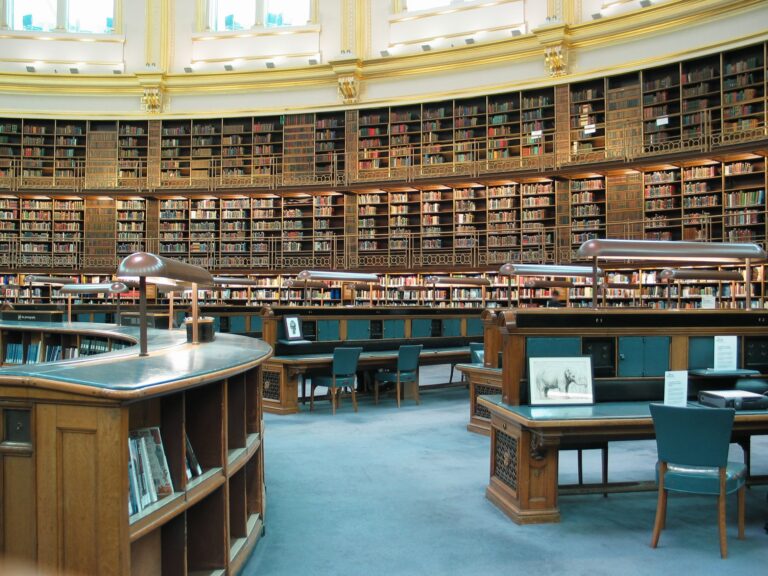
The British Library is the national library of the United Kingdom, and it contains almost 200 million items. Before 1973 it was part of the British Museum, but in 1997…
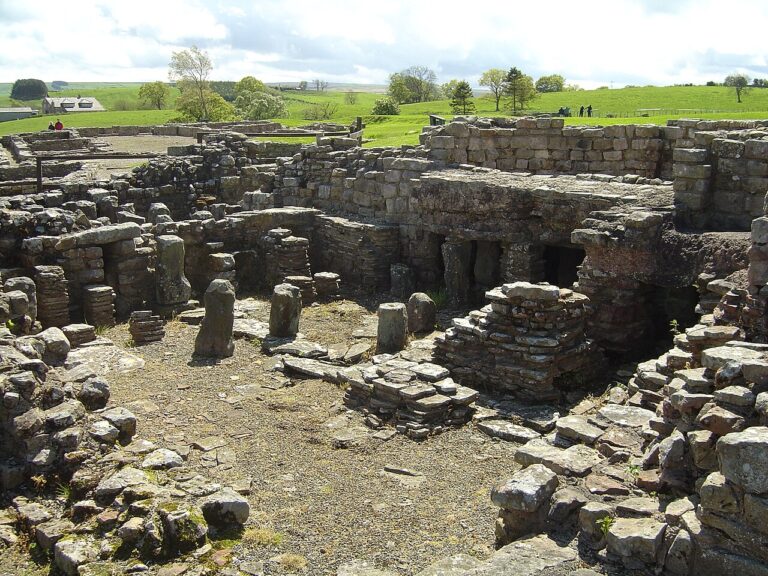
Vindolanda is an ancient Roman auxiliary fort located just south of Hadrian’s Wall in Northumberland, England. Dating back to around 85 AD, Vindolanda was one of the key military outposts…
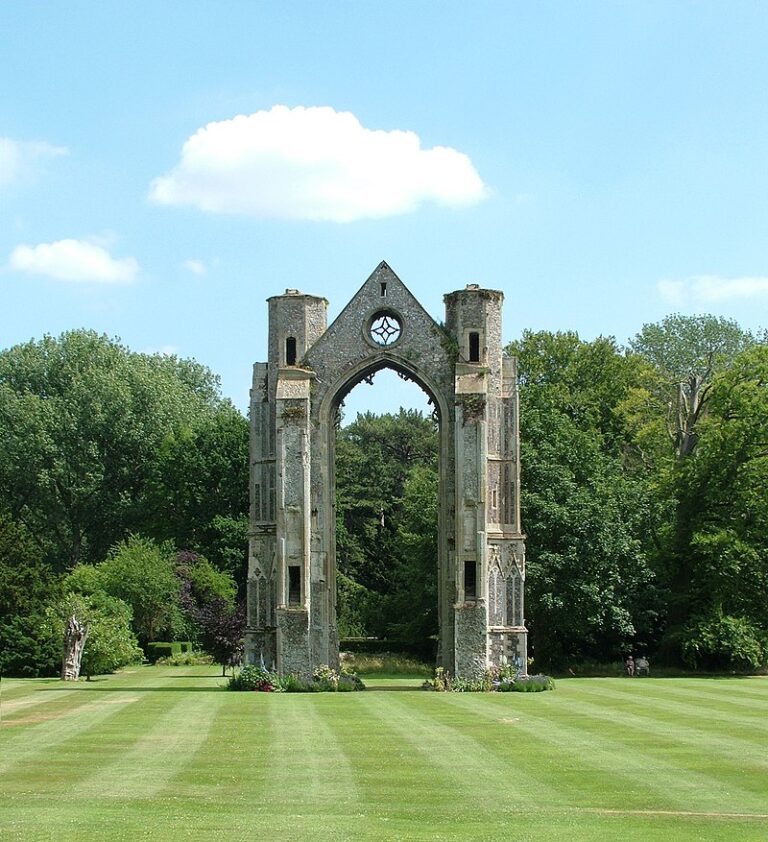
Walsingham, a small village located in Norfolk, England, holds a significant place in the history of Christian pilgrimage, often referred to as “England’s Nazareth.” The village is most famous for…
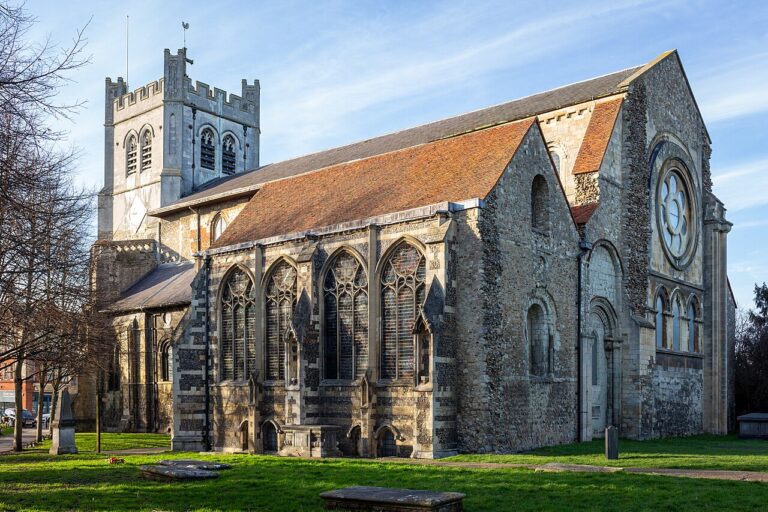
Waltham Abbey, located in Essex, England, is steeped in historical significance, particularly concerning its connection to King Harold II, the last Anglo-Saxon king of England. Founded in the 7th century,…
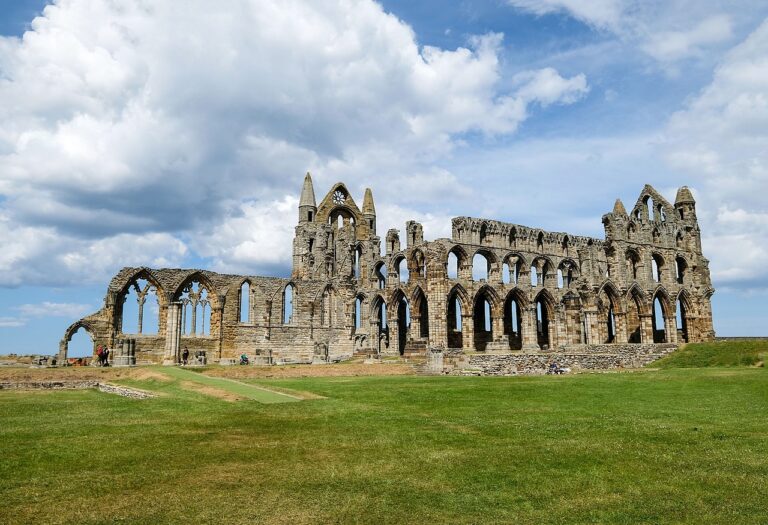
Whitby Abbey, perched on the cliffs overlooking the North Sea in North Yorkshire, England, is a site of profound historical and cultural significance. Established in 657 AD by St. Hilda,…
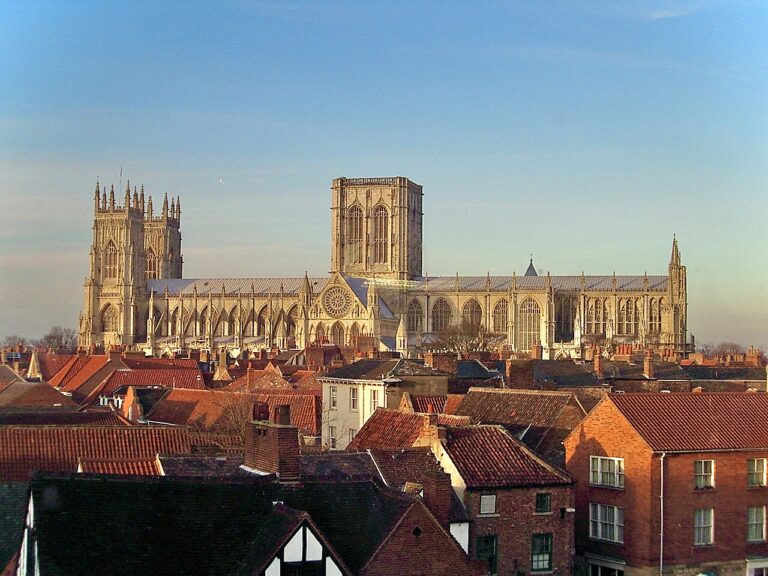
York Minster: A Historical Overview with Emphasis on the Anglo-Saxon Period York Minster, one of the largest and most important Gothic cathedrals in Northern Europe, is a testament to the…